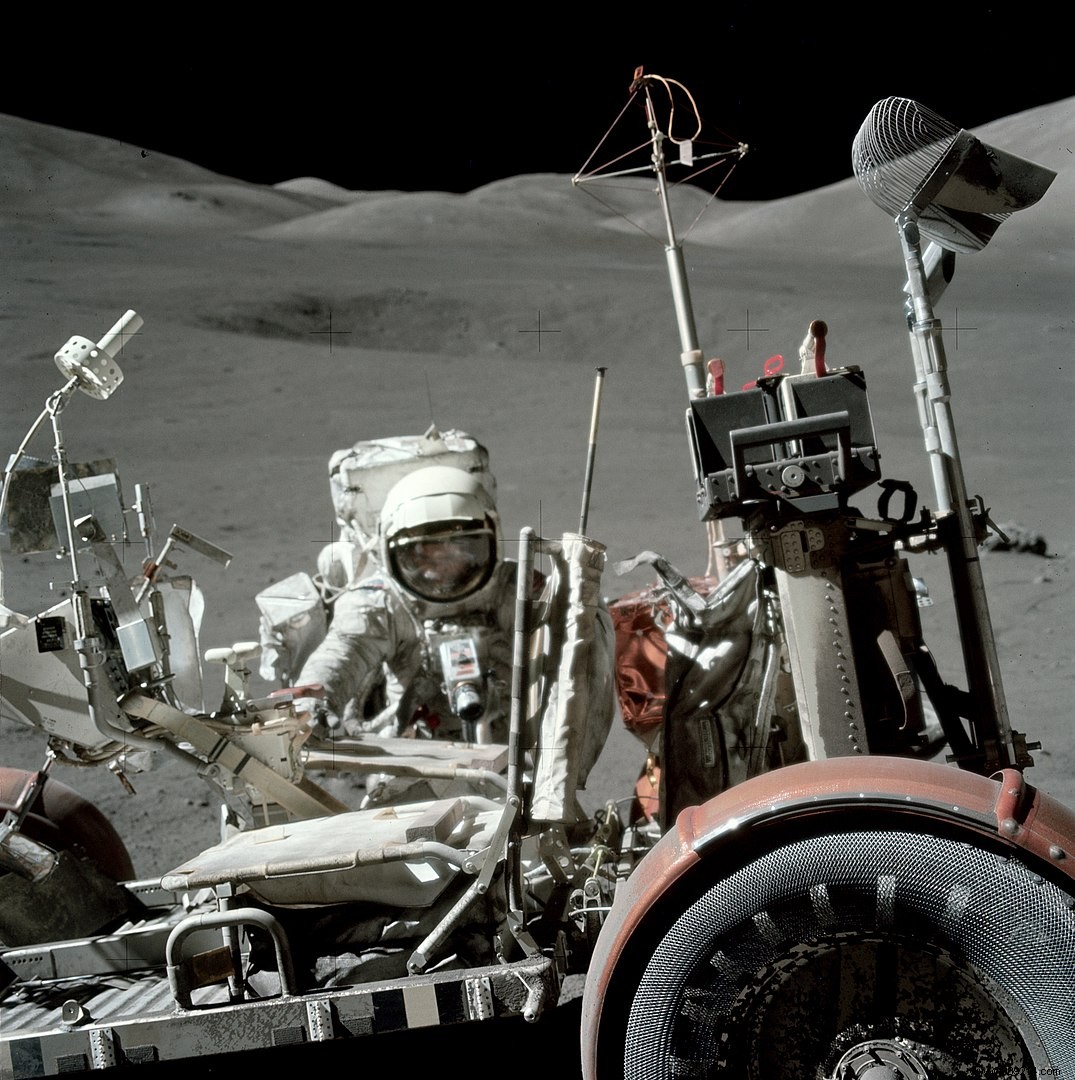Preserving lunar sites from the Apollo missions is now legally mandatory. The United States has indeed enacted a first law obliging companies working with NASA on new missions to stay away from these areas visited more than fifty years ago.
Commercial U.S. companies and other entities seeking contracts, grants, or other agreements for lunar activities conducted for or in partnership with NASA should stay away from sites visited by Apollo program astronauts between 1969 and 1972 to be eligible for the requested support. This new law was enacted on December 31.
"I have long advocated for the preservation of Apollo artifacts, which hold profound cultural, historical, and scientific value not only to the United States, but for all mankind “said Eddie Bernice Johnson (D-TX), chairman of the House Committee on Science, Space and Technology. "It is important that NASA and the United States lead the way in guiding responsible behavior in space, and this legislation to preserve our human heritage in space is, in itself, a small step in the practice of this leadership “.
This new law, The One Small Step to Protect Human Heritage in Space Act , is part of NASA's desire to explore and exploit the lunar soil in a sustainable way as part of its Artemis program. The sites now protected are as follows:the Sea of Tranquility (Apollo 11 mission, 1969), the Ocean of Storms (Apollo 12 mission, 1969), the Fra Mauro crater (Apollo 14 mission, 1971), the Béla crater ( Apollo 15, 1971), Descartes Crater (Apollo 16, 1972) and Taurus-Littrow Valley (Apollo 17, 1972).
Companies affected at the moment include Intuitive Machines, Astrobotic, and Masten Space Systems, all of which have signed contracts under NASA's Commercial Lunar Payload Services initiative. to deliver scientific payloads to the surface of the Moon. The law will also apply to SpaceX, Blue Origin or Dynetics, competing to develop human landing systems for the Artemis program.
It should also be noted that this legislation, as enacted, gives the NASA administrator the possibility of lifting restrictions on access to Apollo sites if the reasons for doing so are legitimate and have significant historical, archaeological, anthropological, scientific or technical value .

Finally, let's remember that NASA still plans to rest the feet on the Moon from 2024 . On the other hand, some experts consider this deadline too ambitious. New President-elect Joe Biden may soon loosen that timeline and give the U.S. agency an extra year or two to achieve that goal.